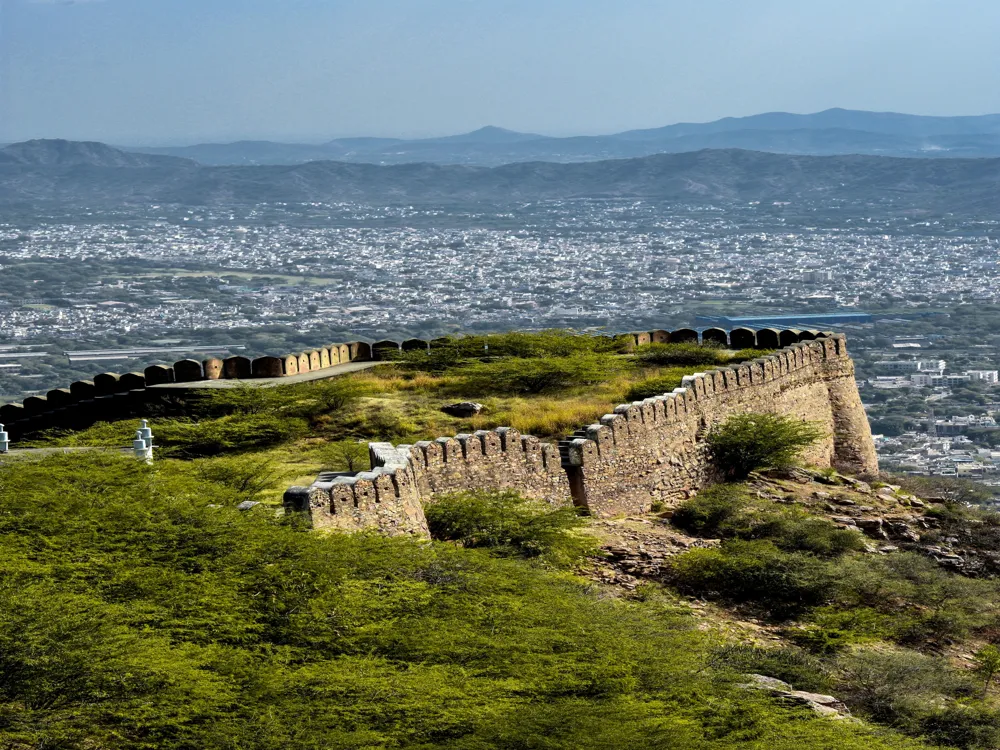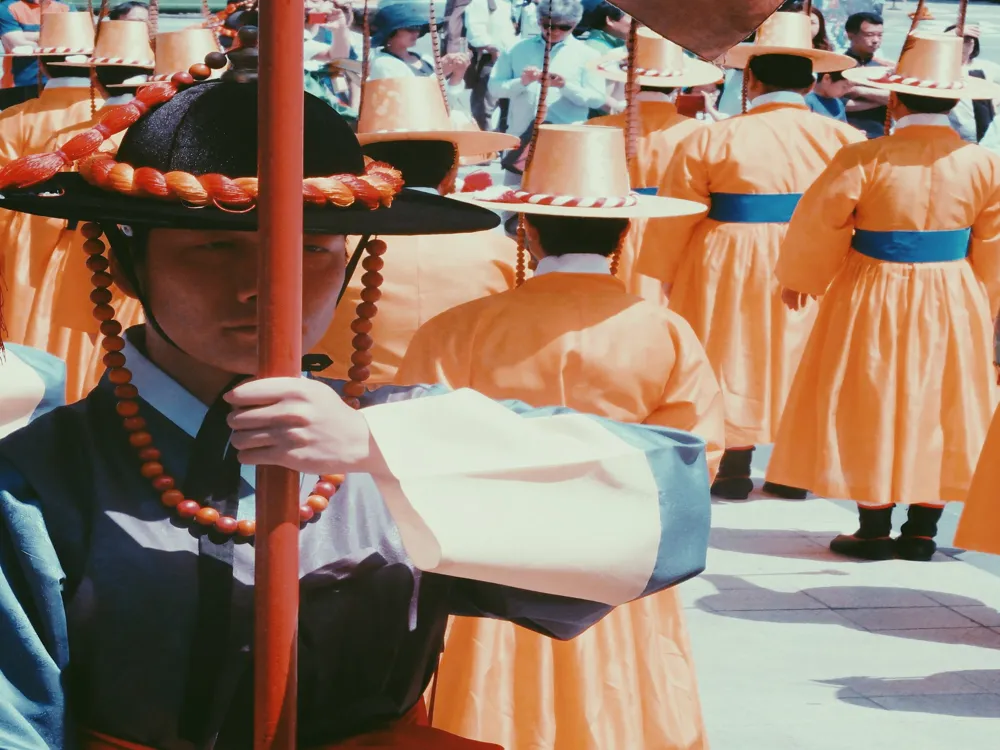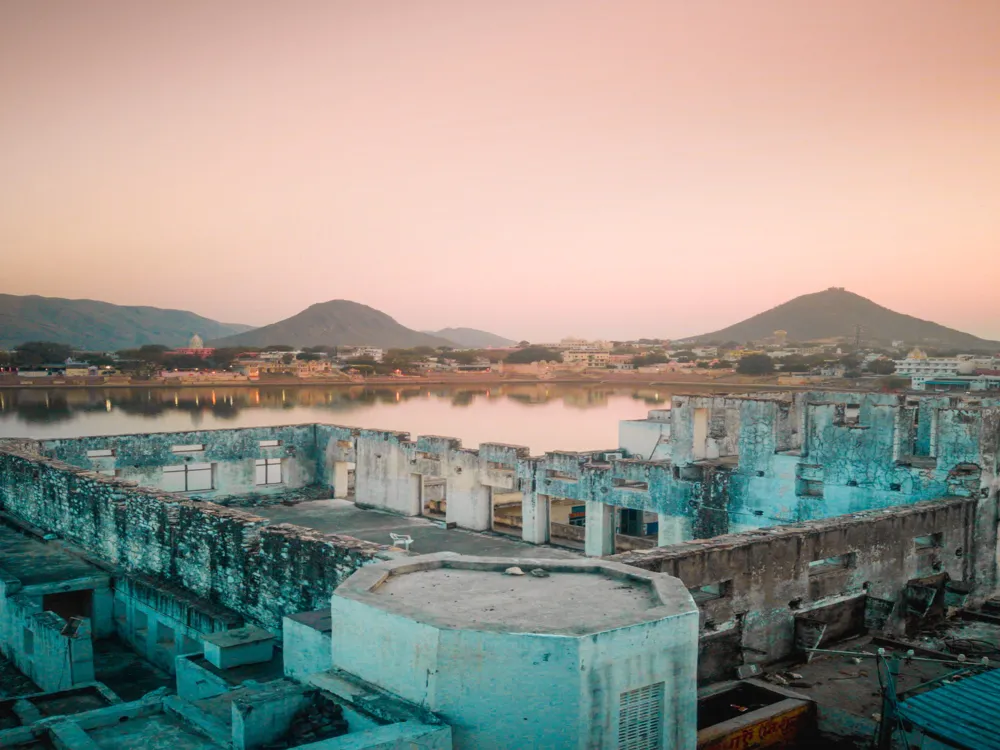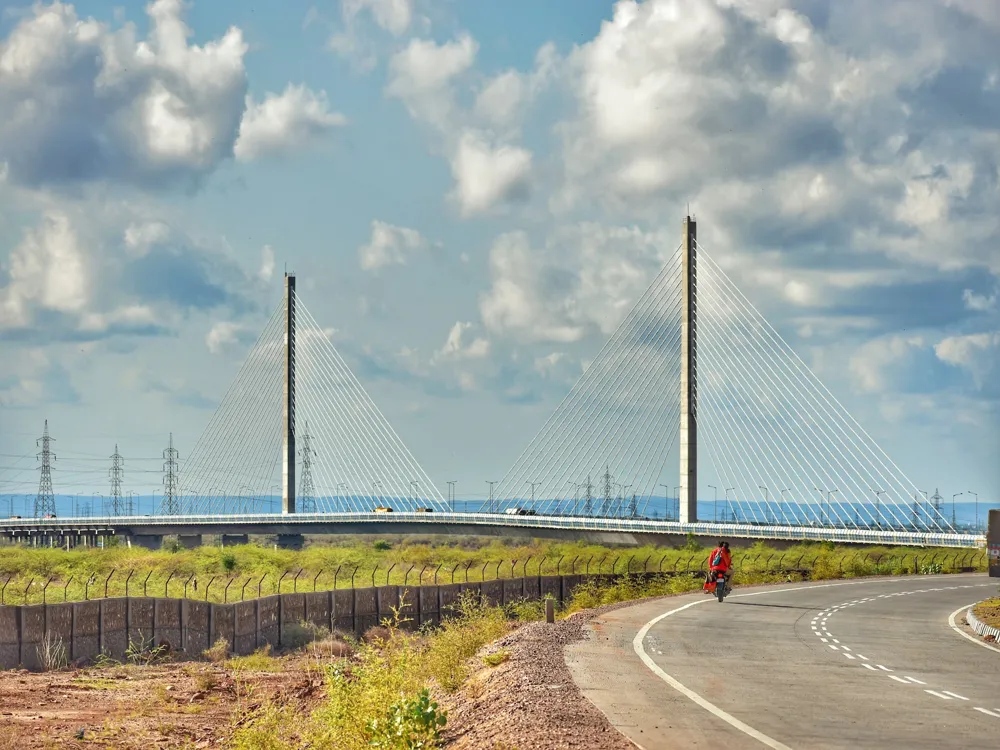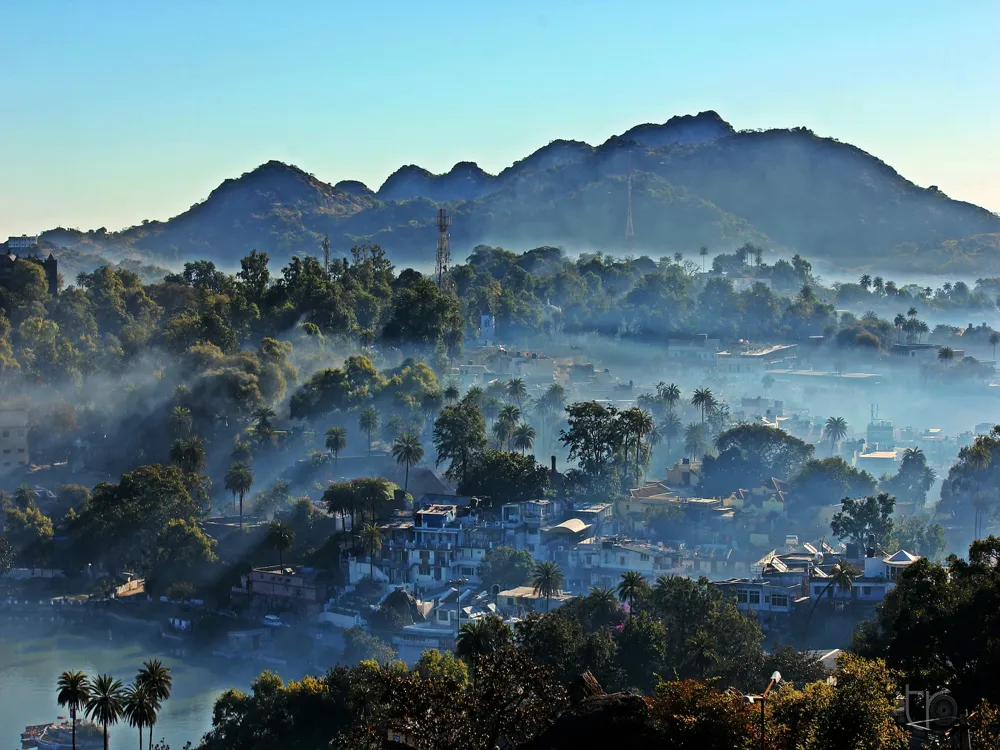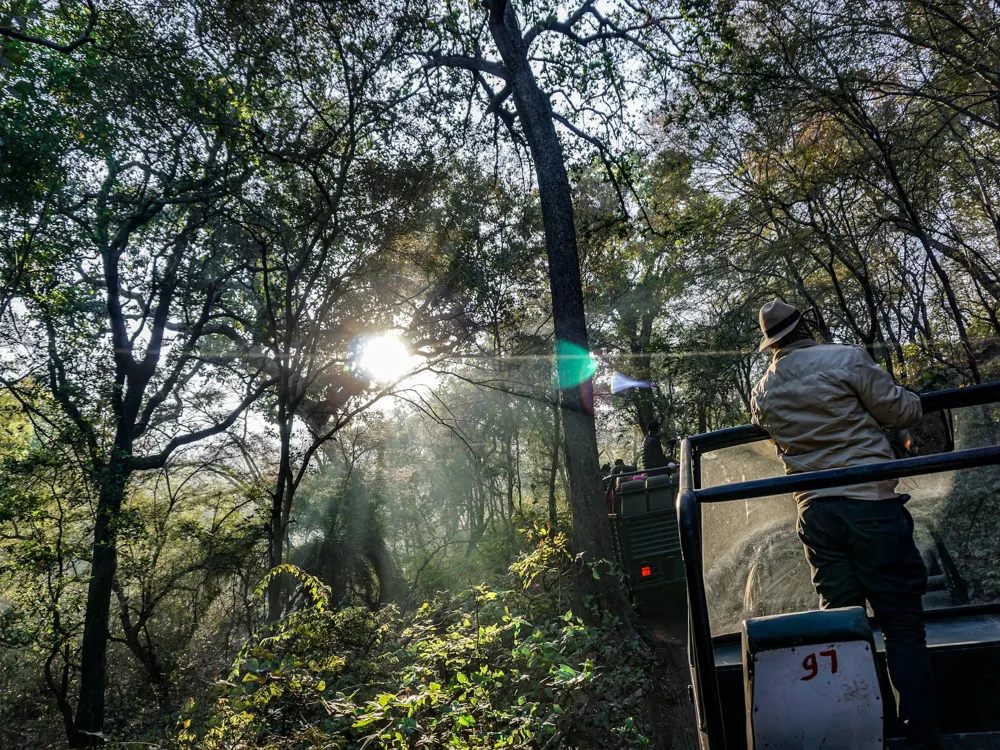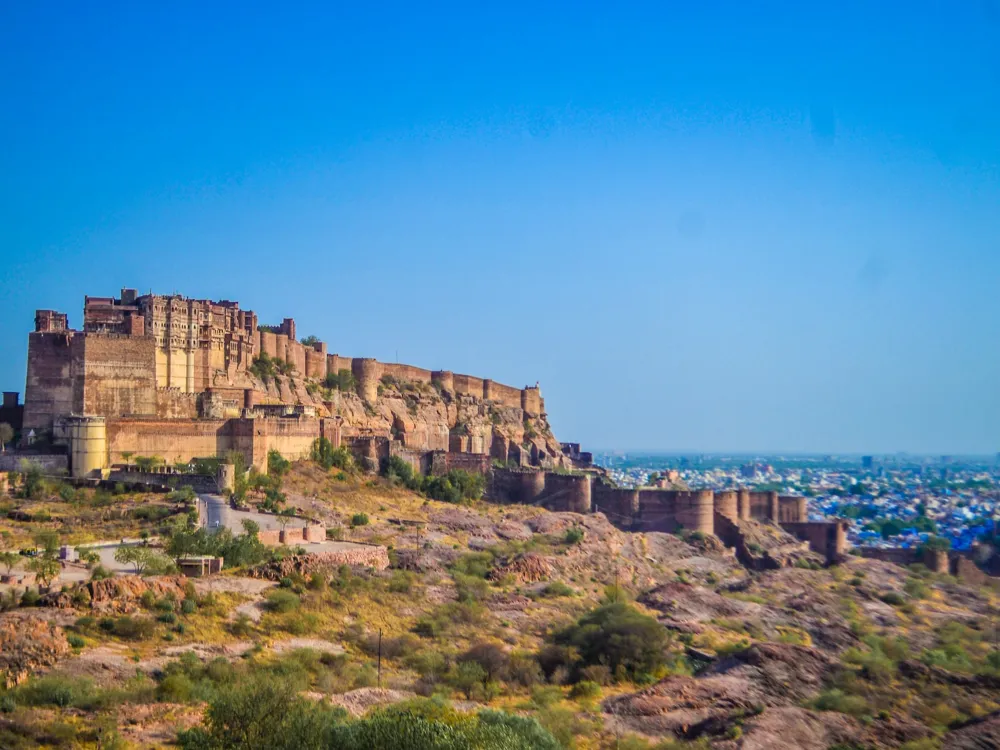The Ajmer Jain Temple, also known as Soniji Ki Nasiyan, is a significant architectural marvel and a major pilgrimage center for the Jain community. Located in the heart of Ajmer, Rajasthan, this temple is renowned for its rich history, splendid architecture, and deep spiritual significance. Constructed in the late 19th century, it is dedicated to Rishabhanatha, the first Tirthankara of Jainism. The temple complex is divided into two parts: the worship area and the museum, both offering a unique glimpse into Jain philosophy and artistry. The temple's architecture is a testament to the rich artistic heritage of Jain culture. The main chamber, known as the Swarna Nagari or 'City of Gold,' is particularly famous for its intricate designs and gold-plated figures depicting various scenes from Jain scriptures. These representations are not only religiously significant but also offer insights into the ancient Indian way of life. The temple's exterior is equally impressive, featuring finely carved marble and sandstone. Every corner of the temple narrates a story from Jain mythology, making it a treasure trove for historians and art enthusiasts. The architecture of Ajmer Jain Temple is a blend of ancient Jain and contemporary styles, making it a unique example of architectural brilliance. The temple's design reflects the Jain values of austerity and simplicity, yet it is grand and majestic. The main attraction, the Swarna Nagari, is a chamber embellished with gold and precious stones, showcasing scenes from Jain scriptures in vivid detail. The walls and ceilings are adorned with gold-plated figures and paintings, each telling a different story from Jain tradition. The temple complex is built using white marble, which adds to its serene and pure ambiance. The intricate carvings on pillars, walls, and domes are remarkable and depict various religious motifs and symbols important in Jainism. The temple's layout is designed to facilitate meditation and spiritual contemplation, with quiet corners and open spaces. The artistry of the temple is not just limited to its structure but extends to its idols and sculptures, which are exquisitely crafted, embodying the essence of Jain religious art. Visitors are advised to dress conservatively, covering shoulders and knees, as a sign of respect for the religious site. Photography may be restricted in certain areas of the temple. Always ask for permission before taking photos. The temple is a place of worship and meditation. Visitors should maintain a quiet demeanor to respect the sanctity of the temple. Consider taking a guided tour to fully appreciate the temple's history, architecture, and religious significance. Before visiting, check the temple's opening hours, as they may vary on special occasions and festivals. Ajmer Jain Temple is easily accessible from various parts of India. Ajmer is well-connected by road, rail, and air. The nearest airport is Jaipur International Airport, about 135 kilometers away. From there, one can hire a taxi or take a bus to Ajmer. Ajmer Railway Station is well-connected with major cities in India, and the temple is just a short drive from the station. For those traveling by road, Ajmer is connected to major highways, making it convenient to reach by car or bus. Read More:Overview of Ajmer Jain Temple, Rajasthan
Architecture of Ajmer Jain Temple
Tips When Visiting Ajmer Jain Temple
Dress Appropriately
Photography Restrictions
Maintain Silence
Guided Tours
Check Timings
How To Reach Ajmer Jain Temple
Ajmer Jain Temple
Ajmer
Rajasthan
₹ 9,000 onwards
View ajmer Packages
Weather :
Tags : Temple
Time Required : Around 30 minutes
Timings :
Temple: 9:00 AM - 4:00 PM
Constructed in : 1864-1895
Constructed By : Seth Moolchand Soni
Entry Fees :
Indians: INR 10
Foreigners: INR 25
Planning a Trip? Ask Your Question
Also Refered As:
Red Temple, Ajmer Jain Temple
Ajmer Travel Packages
View All Packages For Ajmer
Top Hotel Collections for Ajmer

Private Pool

Luxury Hotels

5-Star Hotels

Pet Friendly
Top Hotels Near Ajmer
Other Top Ranking Places In Ajmer
View All Places To Visit In ajmer
Faq on Ajmer
What is the significance of Ajmer Jain Temple?
The Ajmer Jain Temple holds immense religious significance for the Jain community as it is dedicated to Lord Adinath, the first Tirthankara of Jainism. It is considered a sacred pilgrimage site.
What are the visiting hours of Ajmer Jain Temple?
The temple is generally open to visitors from early morning to late evening, but it's advisable to check the specific timings before planning your visit as they might vary.
Is photography allowed inside Ajmer Jain Temple?
Photography might be restricted inside the temple premises, so it's recommended to inquire about the rules regarding photography before attempting to take pictures.
Are there any festivals celebrated at Ajmer Jain Temple?
Yes, various Jain festivals are celebrated at the temple throughout the year, including Mahavir Jayanti, Paryushan, and Diwali. These festivals attract a large number of devotees.
What are the architectural features of Ajmer Jain Temple?
The temple exhibits exquisite architectural craftsmanship, characterized by intricate carvings, ornate pillars, and stunning domes. Its design reflects a blend of Rajput and Mughal architectural styles.
View ajmer Packages
Weather :
Tags : Temple
Time Required : Around 30 minutes
Timings :
Temple: 9:00 AM - 4:00 PM
Constructed in : 1864-1895
Constructed By : Seth Moolchand Soni
Entry Fees :
Indians: INR 10
Foreigners: INR 25
Planning a Trip? Ask Your Question
Red Temple, Ajmer Jain Temple
Ajmer Travel Packages
View All Packages For Ajmer
Top Hotel Collections for Ajmer

Private Pool

Luxury Hotels

5-Star Hotels

Pet Friendly
Top Hotels Near Ajmer
Other Top Ranking Places In Ajmer
Faq on Ajmer
What is the significance of Ajmer Jain Temple?
The Ajmer Jain Temple holds immense religious significance for the Jain community as it is dedicated to Lord Adinath, the first Tirthankara of Jainism. It is considered a sacred pilgrimage site.
What are the visiting hours of Ajmer Jain Temple?
The temple is generally open to visitors from early morning to late evening, but it's advisable to check the specific timings before planning your visit as they might vary.
Is photography allowed inside Ajmer Jain Temple?
Photography might be restricted inside the temple premises, so it's recommended to inquire about the rules regarding photography before attempting to take pictures.
Are there any festivals celebrated at Ajmer Jain Temple?
Yes, various Jain festivals are celebrated at the temple throughout the year, including Mahavir Jayanti, Paryushan, and Diwali. These festivals attract a large number of devotees.
What are the architectural features of Ajmer Jain Temple?
The temple exhibits exquisite architectural craftsmanship, characterized by intricate carvings, ornate pillars, and stunning domes. Its design reflects a blend of Rajput and Mughal architectural styles.








